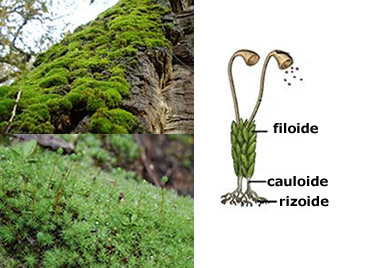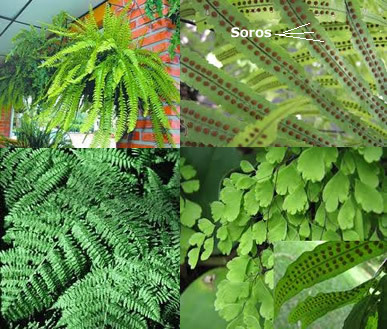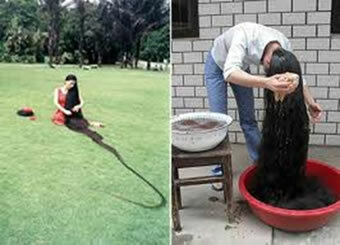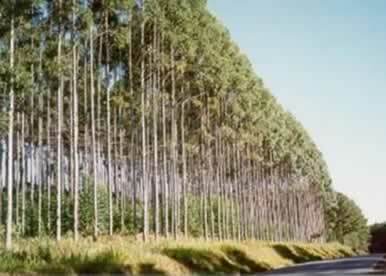At the vegetable kingdom the plants are divided into vascular plants and vascular plants. At avascular plants are those that do not have sap conducting vessels, and the Vascular plants are plants that have sap-conducting vessels. The sap-conducting vessels present in plants act like the blood vessels that we have in our body, carrying useful substances and substances that will no longer be used.
In the Kingdom Plantae (read "plant"), plants are classified into bryophytes, pteridophytes, gymnosperms and angiosperms.
At bryophytes they are avascular plants, easily found in nature. They are well known as mosses and do not exceed 2 cm in height. For these plants to be able to reproduce, they need water, and for this reason they are only found in humid places.
At bryophytes they are very small plants, and have kaoloid, which resembles the stem of vascular plants; phylloids, which resemble leaves; and rhizoids that have the same function as the roots of vascular plants, to fix the plant in the soil.

Bryophytes are plants that depend on water for their reproduction
At pteridophytes are vascular plants, can reach several meters in height. They like damp and shady environments, and their best-known representatives are the ferns. These plants usually have roots, stems and leaves, but they are not always easily noticed.
As well as the bryophytes, the pteridophytes they also need water for their reproduction, which is made through the gametes that are found inside the serums, those little black dots that can be seen with the naked eye on the backs of the fern leaves.

Pteridophytes, like bryophytes, need water for their reproduction
At gymnosperms are vascular plants that have root, stem and leaves. They are the first plants to have seeds, and for this reason they do not need water for the fertilization of their gametes to occur. At pine cones found in gymnosperms are widely used in Christmas decorations, and it is through them that the plant, through insects or wind, manages to fertilize its eggs, originating seeds that we call in pinion. The best known gymnosperms are the Pine trees.

Gymnosperms were the first plants to have seeds
Lastly we have the angiosperms, vascular plants that have root, stem, leaves, flowers and fruits. Angiosperms constitute more than 70% of all plant species on the planet, and their size varies from small herbs to large trees. The fertilization of angiosperms occurs through their flowers, and when fertilized produce fruits and seeds, which serve as food for many animals, including man.

Angiosperms are plants that dominate the terrestrial environment
Related video lesson:



